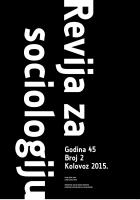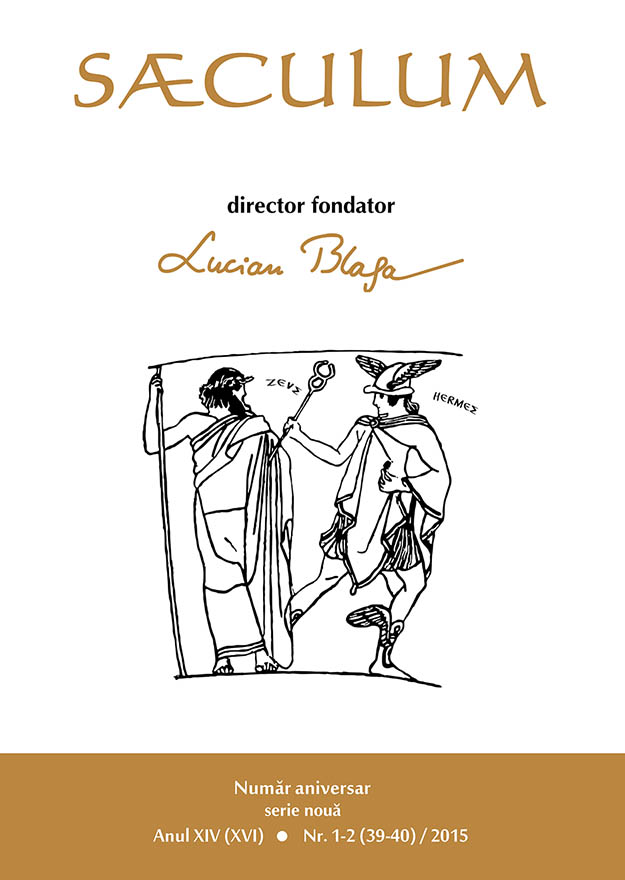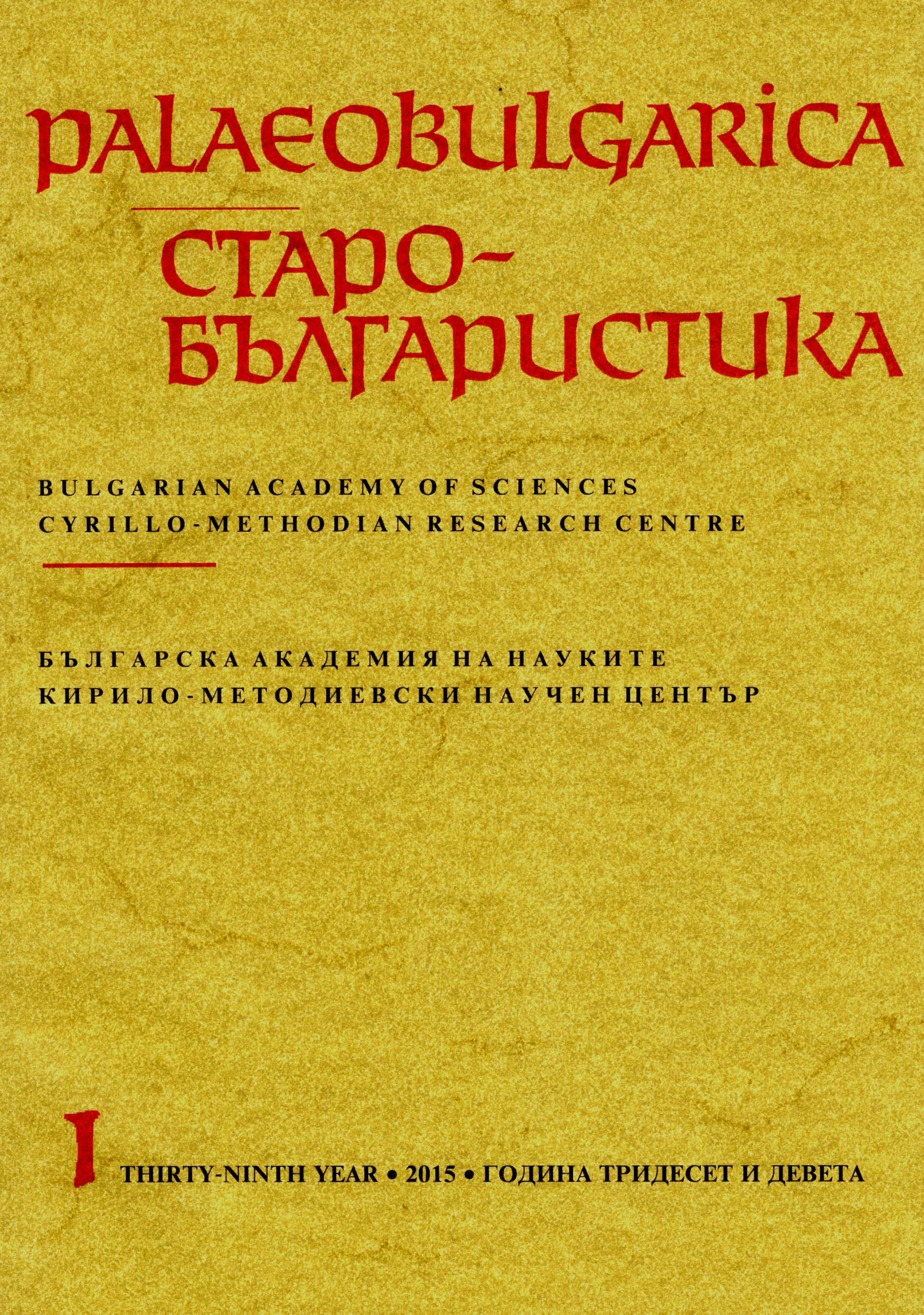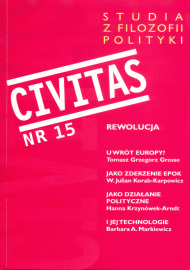
We kindly inform you that, as long as the subject affiliation of our 300.000+ articles is in progress, you might get unsufficient or no results on your third level or second level search. In this case, please broaden your search criteria.


La philosophie européenne du 20ème siècle abandonne en grandepartie le paradigme du rationalisme qui a cherché depuis Descartes à comprendrel’organisation et l’intelligibilité du monde à partir du point de vue d’un sujet, soitabsolu, c’est-à-dire Dieu, soit humain, l’un et l’autre se trouvant dotés d’entendement et devolonté, fondements de leur liberté. Psychanalyse, phénoménologie puis herméneutiquecontinentales, philosophie du langage (structuraliste) et philosophies de la différence déconstructiviste,vont au 20ème siècle relativiser la position du sujet conscient de soi défini parsa maîtrise de soi et des objets. La philosophie va ainsi explorer, interpréter, légitimer unsujet traversé par l’ombre et la fragilité, par des relations d’entrelacement avec le monde, parde discursivités langagières ouvertes sur les interstices du sens, dotée d’une forme d’actionfaite de passivité et retenue (allant vers l’inaction), Ces orientations, tendances, oeuvresaccompagnent une lente conversion du rationalisme occidental et préparent sans doutedes portes de passage, des conditions de dialogues inédites, avec les pensées asiatiques, quisous bien des rapports n’ont pas développé une philosophie du sujet, au sens européen, etont donc exploré d’autres modes de pensée que la philosophie européenne contemporaineest en train de découvrir.
More...
The Human development index (HDI) was introduced for the first time in the summer of 1990. The objective was to provide a more complex indicator that captures a country`s development level better than the gross national product. UNDP (United Nations Development Programme) justified this approach by the need to attempt to provide an informative value that exceeds the strict quantitative aspects. This article analyzes the impact of different calculation of HDI, by comparing the values of the index calculated relying on the Human Development Report from 2005 with the values of the index calculated based on the Human Development Report from 2010 for 10 European countries (five emerging countries and five developed countries). When using the new methodology in calculating the Human Development Index, there is a small and insignificant difference. The HDI values obtained based on the new methodology from the Human Development Report from 2010 are smaller, but these values do not change their rank.
More...

K.E. Løgstrup is a Danish philosopher and theologian who has tremendous influence on moral thinking in welfare professions in Northern Europe. He developed a conceptual framework for ontological ethics which challenges traditional ethical theories like utilitarianism, Kantianism and virtue theory. Although Løgstrup developed his theory within a protestant cultural tradition, my thesis is that his thinking shares similarities withthe orthodox moral theology which is expressed in the work of the Romanian orthodox scholar G. Popa.
More...
The theurgy is the combination of knowledge and rituals with the intention of something mystical-religious: the Chaldean Oracles are the first expression of theurgy. The theurgy can be practiced in two ways: the first one involves the use of symbols, the other requires the participation of a trance medium. For Jamblichus the theurgy rappresents the elevation of the soul to ddivine through the work of the Gods. He poses the theurgy at the top so that it takes the place of mysticism. For Porfirio, the theurgy, as initial purification of passions, is efficient only in relationa to the irrational part of the soul; and that this also can be purified only with the help of moral virtues, and with the progressive scale of all the virtues.
More...
The interuniversity Centre of Image and Material Analysis in Cultural Heritage was established in Vienna in early 2014 as a research and service institution for the interdisciplinary investigation of cultural heritage. In it philologists, computer scientists and chemists are developing and utilizing new technical equipment and methods in the fields of imaging, image enhancement and analysis as well as the non-invasive chemical analysis of the materials used for the production of historical objects. Presently the focus is on (predominantly damaged or rewritten) mediaeval manuscripts. After a general outline of CIMA’s in this paper the philological activities and experiences with the new techniques are characterized.
More...
This article presents the current state of the computer vision activities of CIMA. The focus lies, on the one hand, on the application of multispectral imaging (MSI) techniques and, on the other, on the development and application of image processing methods, both in order to enhance the readability of palimpsests and damaged manuscripts. Image processing methods furthermore enable automated investigations of the codicology and paleography of manuscripts such as layout, line structure, or identification of scribes.
More...
The present study attaches itself to the 3D politics as a way of approaching new ideas and using any support that Godard’s film - Goodbye to Language - may offer, with the avowed intention of reviewing image signifiers which (here) approaches the fact that: the verdict imposed by the political impulse of the image tolerates three dimensions found in representation and representing, mediation and intermediation, geopoetics and geopolitics.
More...
The CIMA-team uses various analytical techniques for the material analysis of pigments and inks as well as the characterization of the parchment: X-ray fluorescence analysis (XRF) for the identification of the elements present and Fourier transform infrared (FTIR) as well as Raman spectroscopy as complementary methods for the determination of the various compounds. The high advantage of these analytical methods is their applicability in air. In most cases the analysis is non-destructive (without taking original sample material) or even non-invasive, which means that no changes or alterations occur before, during or after the investigation at a manuscript. Furthermore, the miniaturization in the field of electronics yielded instruments, which can be easily transported into museums, libraries or galleries. In the publication a short overview of the techniques is presented and some results obtained so far on Glagolitic, Greek and Latin manuscripts is discussed, where different pigments but also ink materials could be identified depending on the origin and period of their production.
More...
The paper discusses the so-called matrix-images, as a veritable genetic code for the developed images, in which the significant is yet an incipient form. At this level one can speak about neither manifestation, nor representation, because it is an unapparent image hidden in the form it shows. But in this primary form, that what signifies gives already something to see and to understand. The paradox is the following: the form of this infra-image is a diaphanous medium, through which one can see as if it doesn’t contain anything. Because it is an absent image, hidden in its own transparence, it may be seen and understood only by means of a pre-interpretative hermeneutics, strengthened in its comprehensive capacity with the contribution of the phenomenology of the unapparent. As for the religious images, the study points out the meanings of the “figure” in Pascal’s Thoughts.
More...
The meanings of Kant’s main concepts and ideas in Religion within the Bounds of Bare Reasonare analysed both in the context of their time and in that of our contemporary world. The relationship between the concrete ethical-religious and cultural diversities are also followed, on the one hand, and a hypothetical universal reason, on the other hand.
More...

In the ancient Slavonic (Old Bulgarian) hymnography troparia and stikhera translated from Greek prevail. But original hymns, composed by Slavic writers straight in their native language, also exist. Meanwhile, there are also (1) troparia and stikhera, in which a part of the lines (verses) is written according to the Greek “Vorlage” (a text inspiring the Slavonic version) and the other part is independent of it. Furthermore, there are (2) Slavonic hymns, which depend upon the Greek base more loosely, the dependency to be detected only when analysing, whole stanzas. The two last cases are studied, i.e. mechanisms of the transfer activity, combining the content of the Greek base with original Slavonic creativity. The corresponding terminology is also proposed.
More...
Our study makes an analysis of Charles Taylor’s conception about multiculturalism and an analysis of Giovanni Sartori’s conception about cultural pluralism. Our conclusion is that the term of cultural pluralism is more appropriate to express a certain degree of cultural integration, not only the cultural diversity.
More...
As a starting point for considerations the author accepts that the concept of revolution has changed historically in a similar way as the concept of democracy. Initially democracy was limited to a certain reality and political system, but over time the concept has become synonymous with common good. It can be claimed that similar changes in meaning can be observed in the concept of revolution. However, as the trouble with its use in the media shows, the universal dimension of the concept of revolution does not apply to axiological and ideological layers. Therefore, it should be sought for elsewhere. The author suggests focusing on the technical side of the revolution rather than political ideas and values, as every revolution makes use of a specific technique for taking over power and establishing its own new form.
More...
This article presents a new catena to the Psalter, unknown till now. It is divided in two parts, placed in two manuscripts: in Manuscript № 116 (the psalms from the beginning up to Psalm 76), and in Manuscript № 117 (from Psalm 77 till the end). The catena contains commentaries of more than 15 Byzantine authors. The Psalter text to the catena is compared with texts of various other recensions. It becomes clear that the text of the Hilandar manuscripts is very close to the texts of the Mount Athos recension and of Cyprian’s recension although it has its own characteristics. The newly discovered catena is the most extensive catena translated into Slavonic. The discovery of the text will serve as a basis for new research into the history of the Slavonic Psalter and the Slavonic translations of the Bible.
More...
The sermon “De pseudoprophetis” (CPG 4583), traditionally falsely attributed to St. John Chrysostom, was translated very early into Old Church Slavonic (Old Bulgarian) and at the time was very popular in the Slavic literary tradition. It was included in all known versions of the Chrysorrhoas collection (Zlatostruy) where it underwent many changes, transformations and abridgements. In most copies of the full translation of the sermon there is a large interpolation of several folia from the previous homily in the Chrysorrhoas collection. This interpolated version of “De pseudoprophetis” became also the source for one of the readings in another, later collection of edificatory texts, the so called Izmaragd. The article examines in detail the presence of the sermon in Zlatostruy, especially the relationship between the different versions, and discusses in brief the language and the specific features of the translation
More...
The study of early Islam made by Maurice Lombard is a glimpse into a particular setting of historical development of large territories, from the fall of the RomanEmpire to the modern ages. Those territories encompass old and new nations and religions, stretching from the Sahara desert to Spain and Sicily, and from the Atlantic shores of Africa to Western India and China. Its astonishing economic and urban development, accompanied by innovations in agriculture, various industries and transportation, made this huge space a land of knowledge and civilization, working as a bridge between East and West, past and future. Its heritage for modern Europe is still visible in science and culture, especially by the transmission of ancient writings of Greek and Latin scholars. This perspective could somehow change the way ordinary Europeans currently consider Islam and its cultural values and work against established prejudices.
More...
The article attempts to prove whether some elements of New Deal make it a revolutionary phenomenon. When thinking of New Deal as a model of revolution it can be said that the revolutionary change was the liberation of the bureaucratic class. It was the government that was liberated from the power of citizens. Therefore, it can also be said that the change was made without no change in the political system (including the remark borrowed from Aristotle). The United States of America remained a democratic country but the power was transferred from the citizens to the bureaucratic apparatus. This, apart from the violent character of the changes, could have caused Garrett to define Neal Deal as a revolution that happened behind the back of the biggest opponents of revolution.
More...